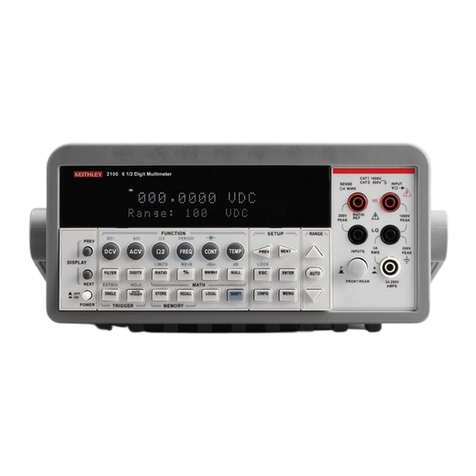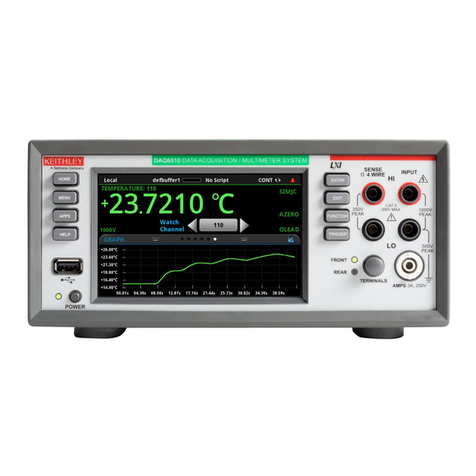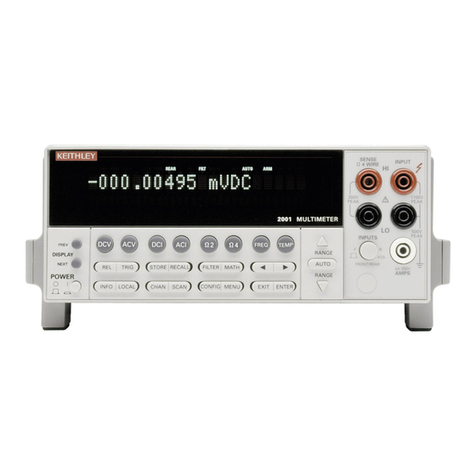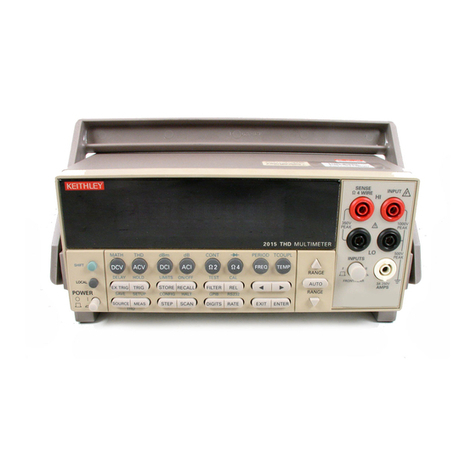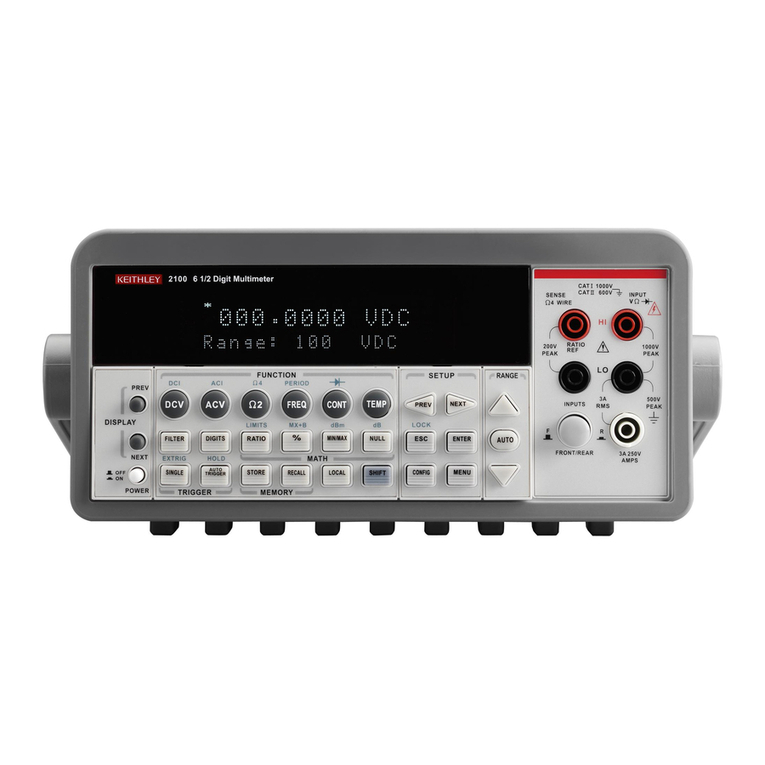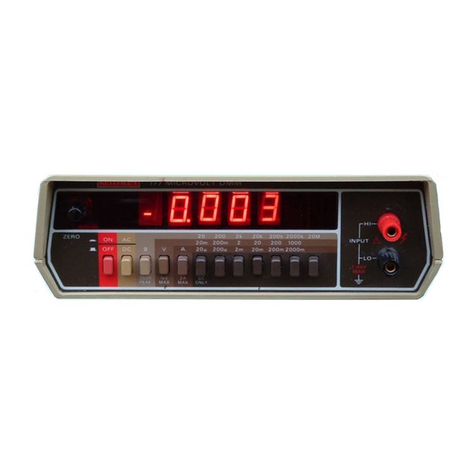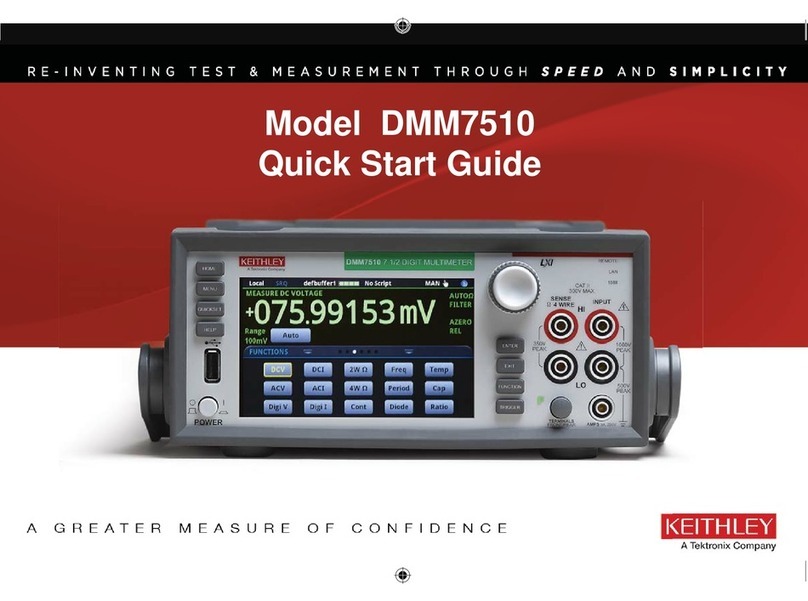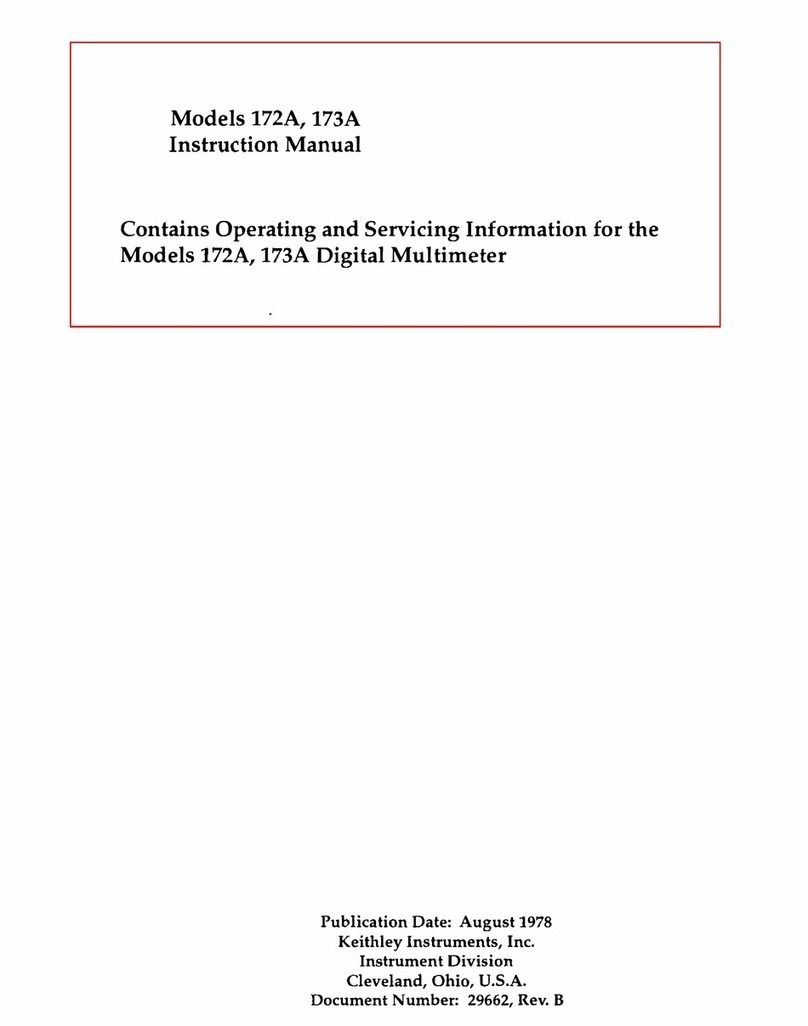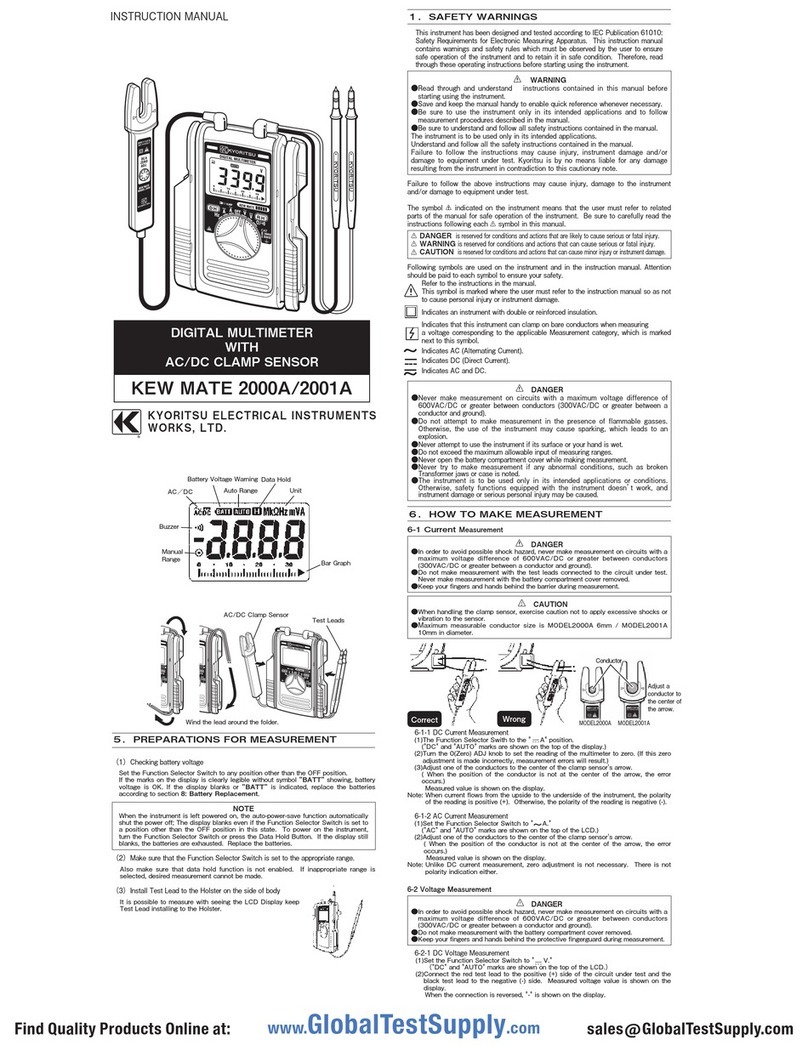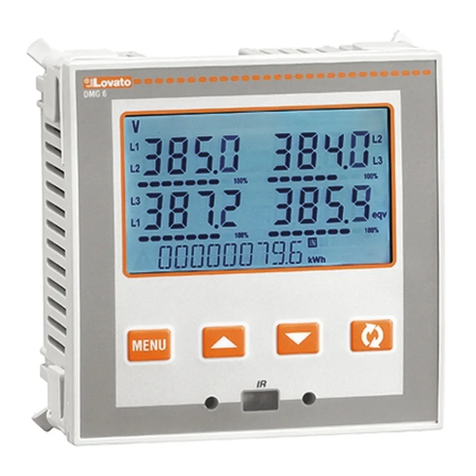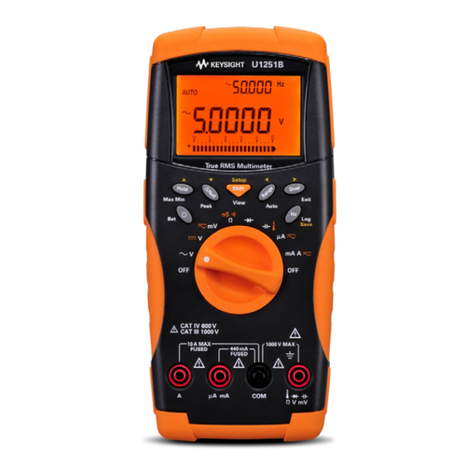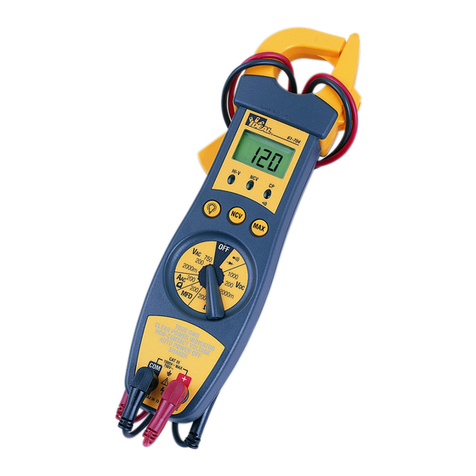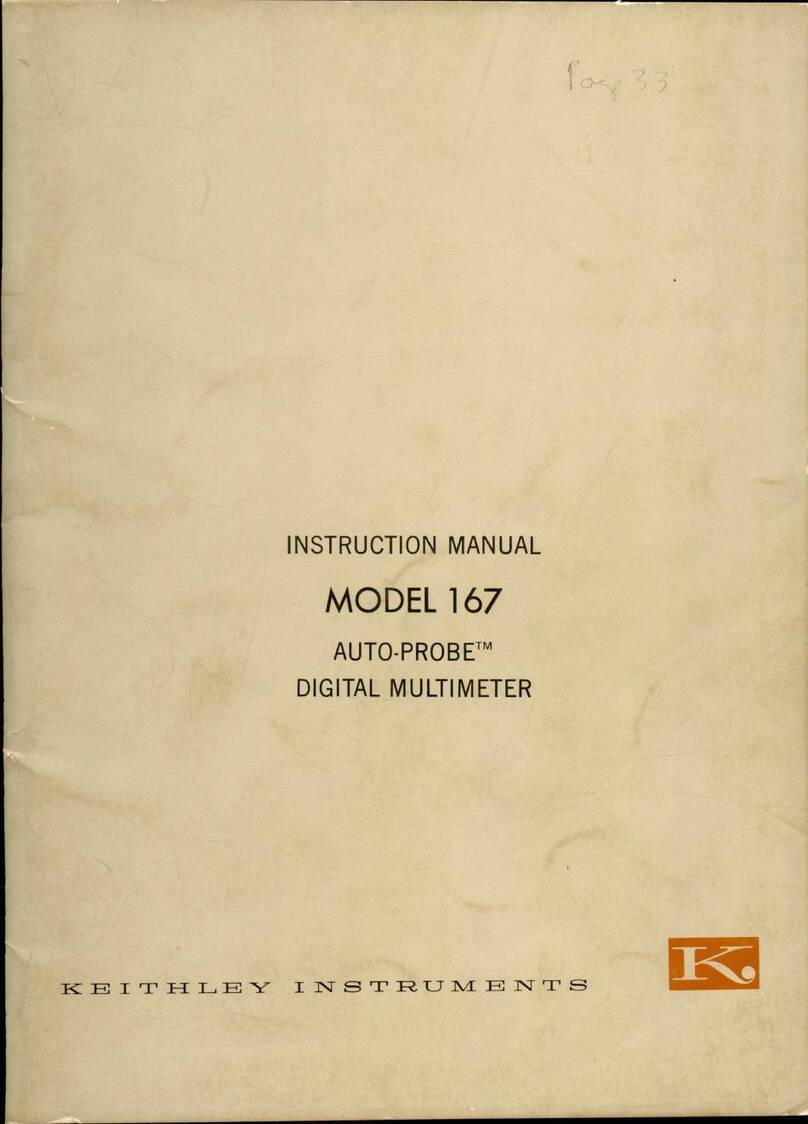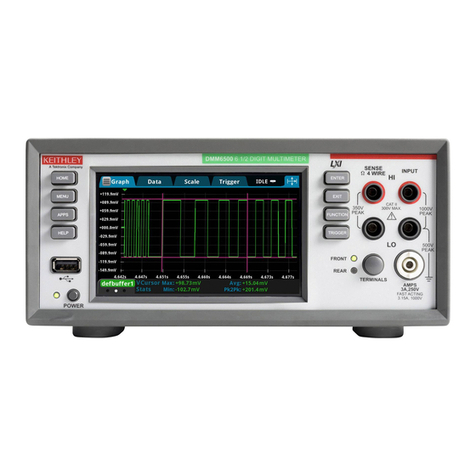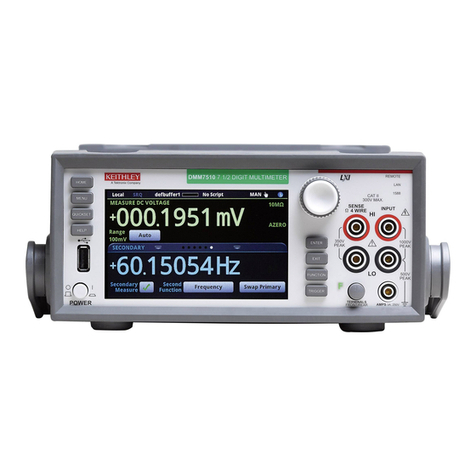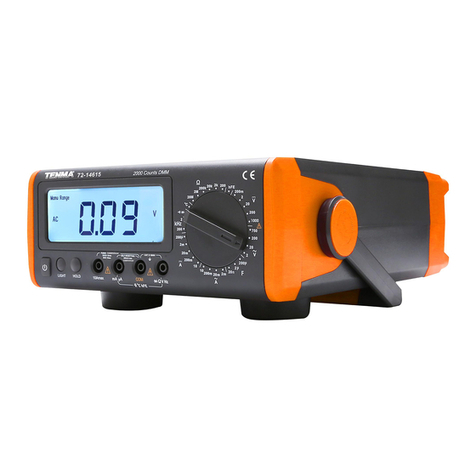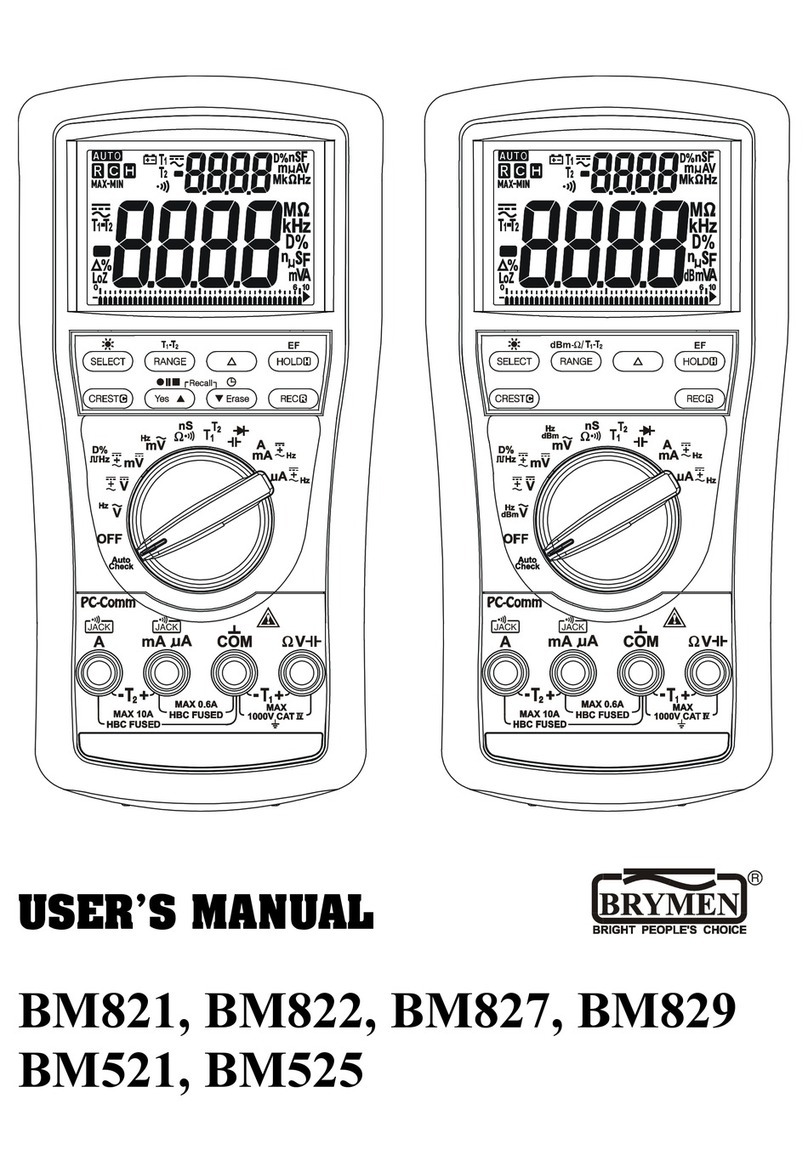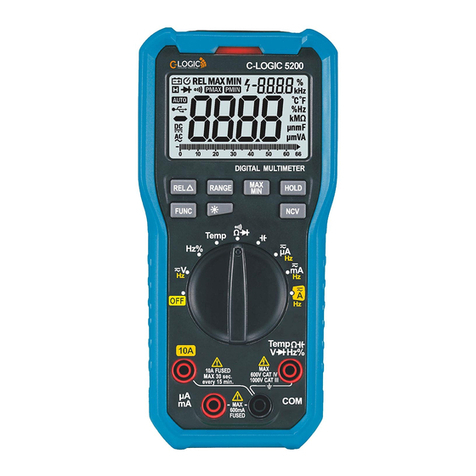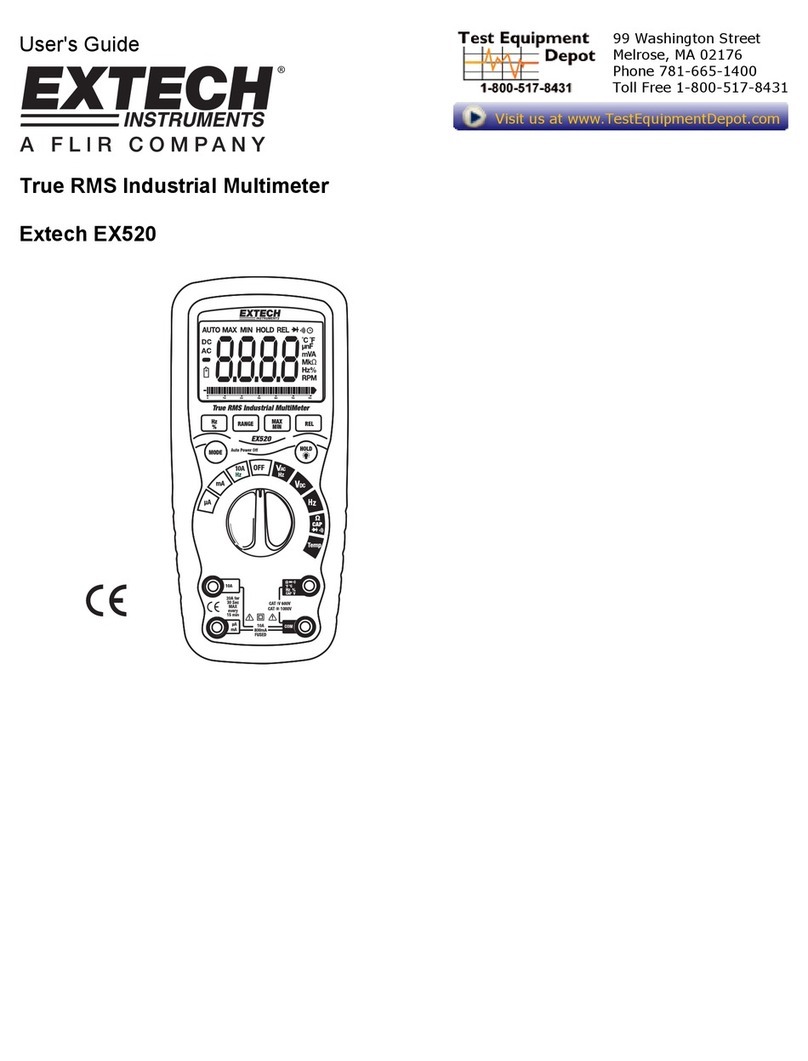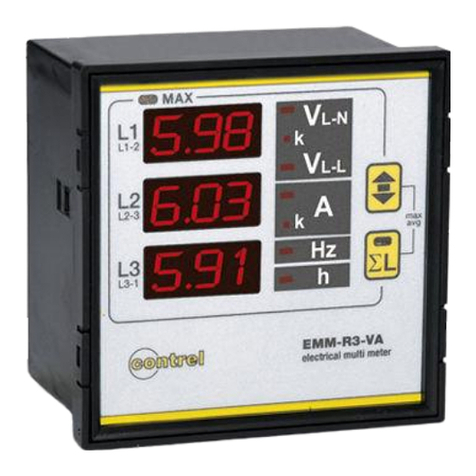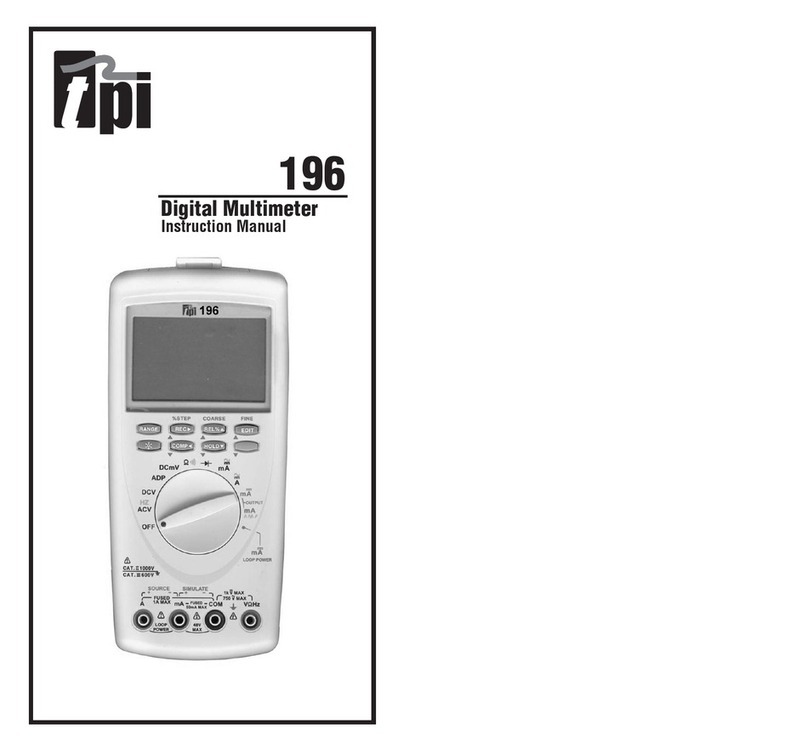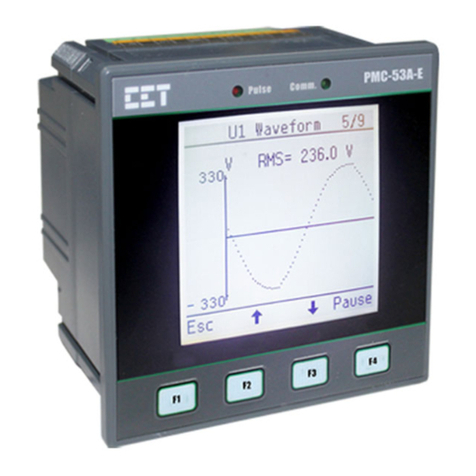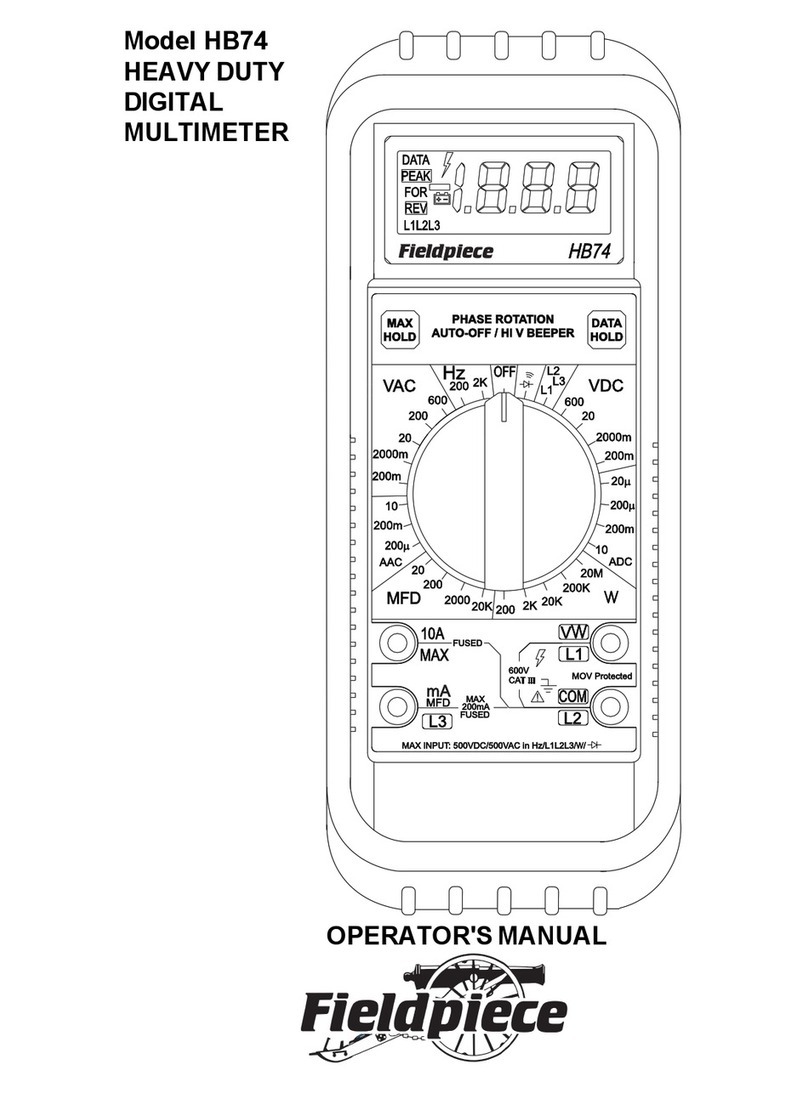Safety Precautions
The following safety precautions should be observed before using
this product and any associated instrumentation. Although some in-
struments and accessories would normally be used with non-haz-
ardous voltages, there are situations whcrc hazardous conditions
may be present.
This product is intended for use by qualified personnel who recog-
nize shock hazards and are familiar with the safety precautions re-
quired to avoid possible injury. Read the operating information
cweiully beiorc using the product.
The types of product osers arc:
Responsible body is the individual or group responsible for the use
and maintenance oi equipment, for ensuring that the equipment is
operated within its specifications and operating limits, and ior en-
suring that operators are adequately trained.
Operators use the product ior its intended function. They most be
trained in electrical safety procedures and proper use of the instn-
ment. They most bc protected from electric shock and contact with
hazardous live circuits.
Maintenance personnel perform routine procedures on the product
to keep it operating, ior example, setting the line voltage or replac-
ing consumable materials. Maintenance procedures are described in
the manual. The procedures explicitly state if the operator may per-
form them. Otherwise, they should be performed only by service
pCIS”tttEl.
Service personnel arc trained to work on live circuits, and perform
safe installations and repairs of products. Only properly trained ser-
vice personnel may perform installation and service procedures.
Keitbley products are designed ior “se with electrical signals that
are rated Installation Category I and Installation Category II, as de-
scribed in the International Electratechnical Commission (IEC!)
Standard IEC 60664. Most measurement, conaol, and data I/O sig-
nals are Installation Category I and most not be directly connected
to mains voltage or to voltage sowces with high transientovcr-volt-
ages. Installation Category II connections require protection for
high transient over-voltages often associated with local AC mains
connections. The user should assome all measurement, control, and
data I/O connections zwefor connection to Category 1sources un-
less otherwise marked or described in the Manual.
Exercise extreme caution when a shock hazard is present. Lethal
voltage may be present on cable connector jacks or test fixtures. The
American National Standards Institute (ANSI) states that a shock
hazard exists when voltage levels greater than 30V RMS, 42.4V
peak, or 60VDC are present. A good safety practice is to expect
that hazardous voltage is present in any unknown circuit before
measuring.
Users oi this product must be protected from electric shock at all
times. The responsible body must ensure that users are prevented
accessand/or insulated from every connection point. In some cases,
connections must be exposed to potential human contact. Product
users in these circumstances must be trained to protect themselves
from the risk of electric shock. If the circuit is capable of operating
at or above 1000 volts, no conductive part of the circuit may be
exposed.
Do not connect switching cards directly to unlimited power circtdts.
They are intended to be used with impedance limited sources.
NEVER connect switching cards directly to AC mains. When con-
necting sources to switching cards, install protective devices to lim-
it fault current and voltage to the card.
Before operating an instrument, make sorethe line cord is connect-
ed to a properly grounded power receptacle. Inspect the connecting
cables, test leads, and jumpers for possible wear, cracks, or breaks
before each use.
When installing equipment where accessto the main power cord is
restricted, such asrack mounting, a separate main input power dis-
connect device must be provided, in close proximity to the equip-
ment and within easy reach of the operator.
For maximum safety, do not touch the product, test cables, or any
other instruments while power is applied to the circuit under test.
ALWAYS remove power from the entire test system and discharge
any capacitors before: connecting or disconnecting cables or jump-
ers, installing or removing switching cards, or making internal
changes, such as installing or removing jumpers.
Do not touch any object that could provide a current path to the com-
mon side oitbe circuit under testor power line (earth) ground. Always
make mea~uremem with dry handswhile standing on adry, insulated
surface capable of withstanding the voltage being measured.






















